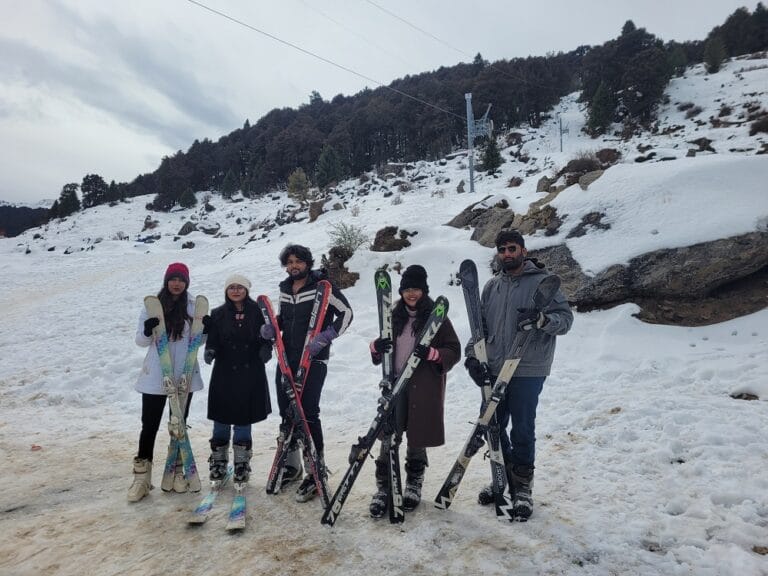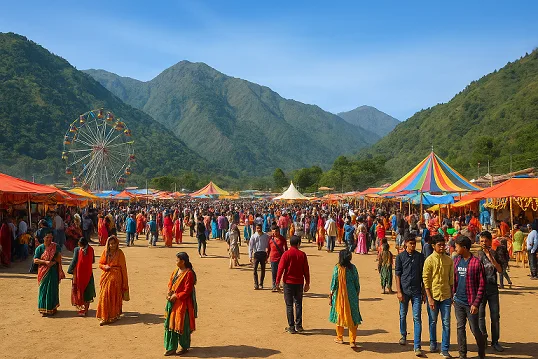Historical Roots: Adi Shankaracharya’s Vision
In the 8th century, Adi Shankaracharya, a revered philosopher from Kerala, embarked on a mission to revive Hinduism’s core tenets. Recognizing Badrinath’s spiritual significance, he established it as a prominent pilgrimage site. To ensure the sanctity and uniformity of rituals, he appointed a Nambudiri Brahmin from Kerala as the temple’s chief priest, a practice that continues to this day.
The Selection Procedure of the Rawal
The appointment of the Rawal is a meticulous process, reflecting the temple’s sanctity:
Eligibility Criteria:
Must be a Nambudiri Brahmin from Kerala.
Should possess an Acharya degree in Sanskrit.
Must be a bachelor and adhere to strict celibacy.
Should belong to the Vaishnava sect of Hinduism.
Nomination Process:
The Uttarakhand government requests the Kerala government to nominate a suitable candidate.
The nominee is then approved by the erstwhile Maharaja of Tehri Garhwal, maintaining the historical linkage.
Tilak Ceremony:
A traditional ceremony where the selected Rawal is formally anointed and assumes his duties.
This structured approach ensures that the Rawal upholds the temple’s rituals with utmost devotion and precision.
Roles and Responsibilities of the Rawal
The Rawal’s duties are both spiritual and administrative:
Daily Rituals: Commencing at 4 a.m. with the Abhisheka (ritual bathing) of the deity.
Seasonal Duties: Serves from April to November when the temple is open. During the winter closure, the Rawal either resides in Joshimath or returns to Kerala.
Adherence to Traditions: Must not cross the Alaknanda River until Vamana Dwadashi and is the sole individual permitted to touch the deity’s idol.
Assistance: Supported by a team including the Naib Rawal, Dharmadikari, Vedpathi, and other temple staff to ensure smooth conduct of rituals.
Legacy of the Rawals
Over the centuries, the lineage of Rawals has been marked by dedication and service:
Vasudev Namboodiri: Served as Rawal for 22 years, one of the longest tenures, and was deeply respected for his commitment.
Amarnath Namboodiri: The current Rawal, appointed in 2024, continues the legacy with unwavering devotion.
Each Rawal has played a pivotal role in preserving the temple’s sanctity and ensuring the continuity of its age-old rituals.
Conclusion
The selection and role of the Rawal of Badrinath Temple exemplify the harmonious blend of tradition, devotion, and administrative precision. This enduring practice, initiated by Adi Shankaracharya, underscores the temple’s significance in India’s spiritual landscape.









